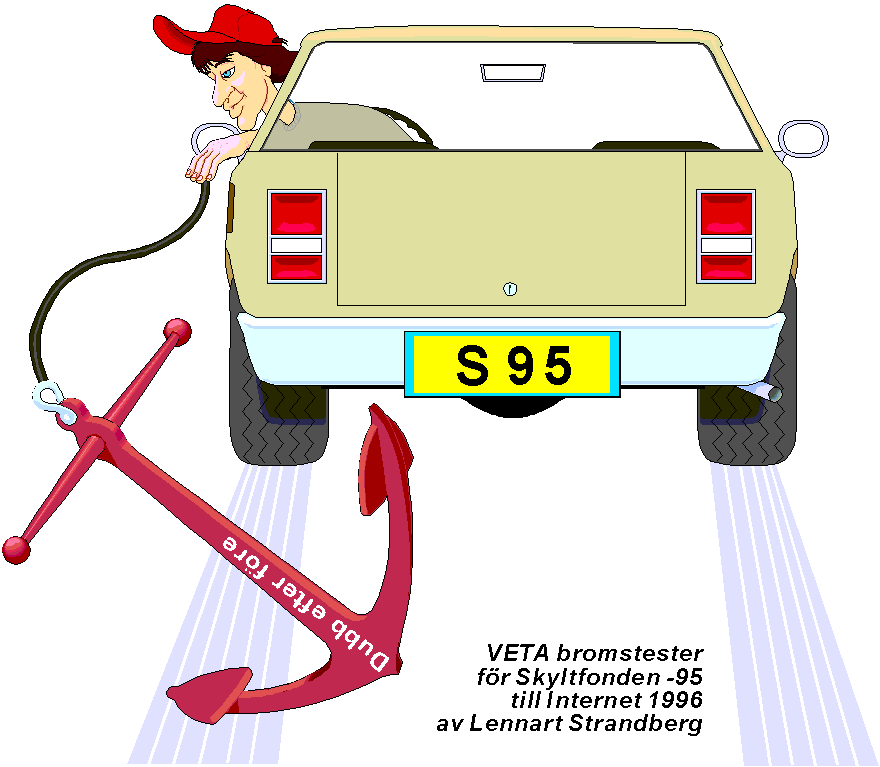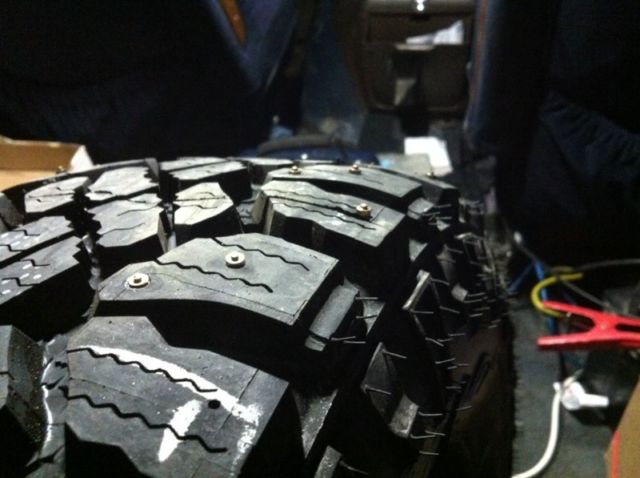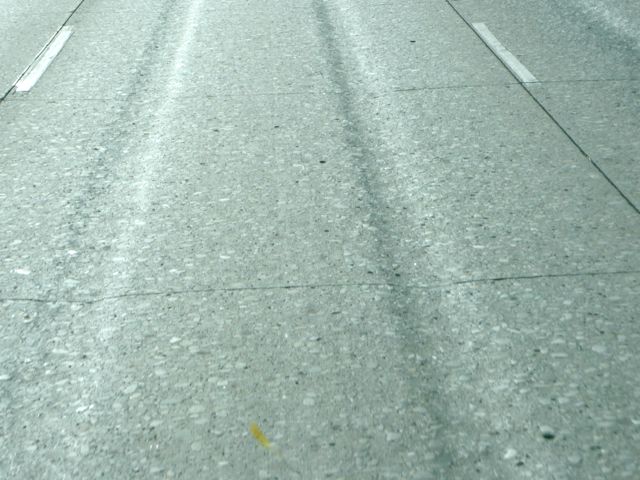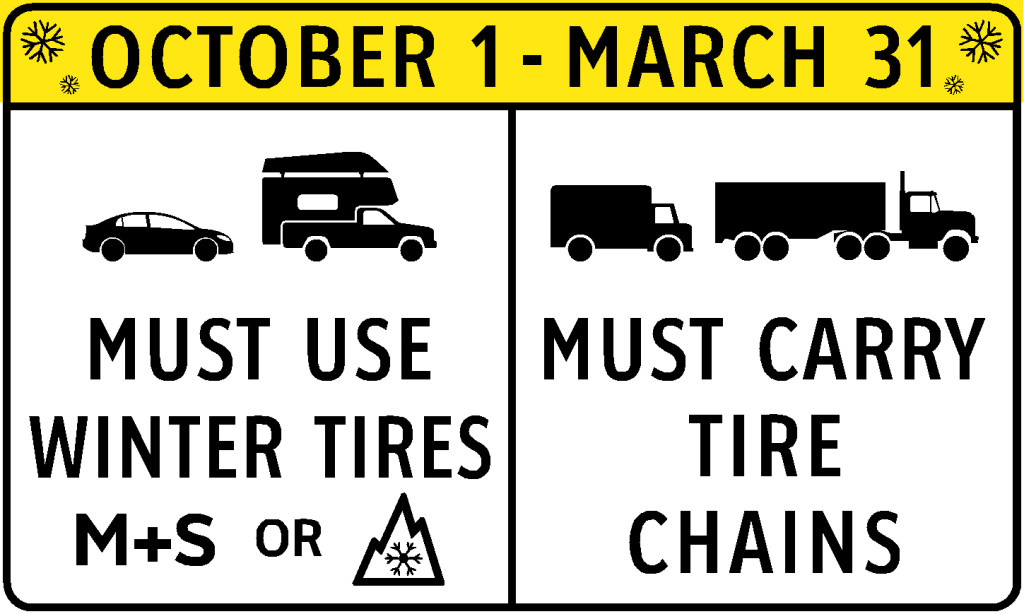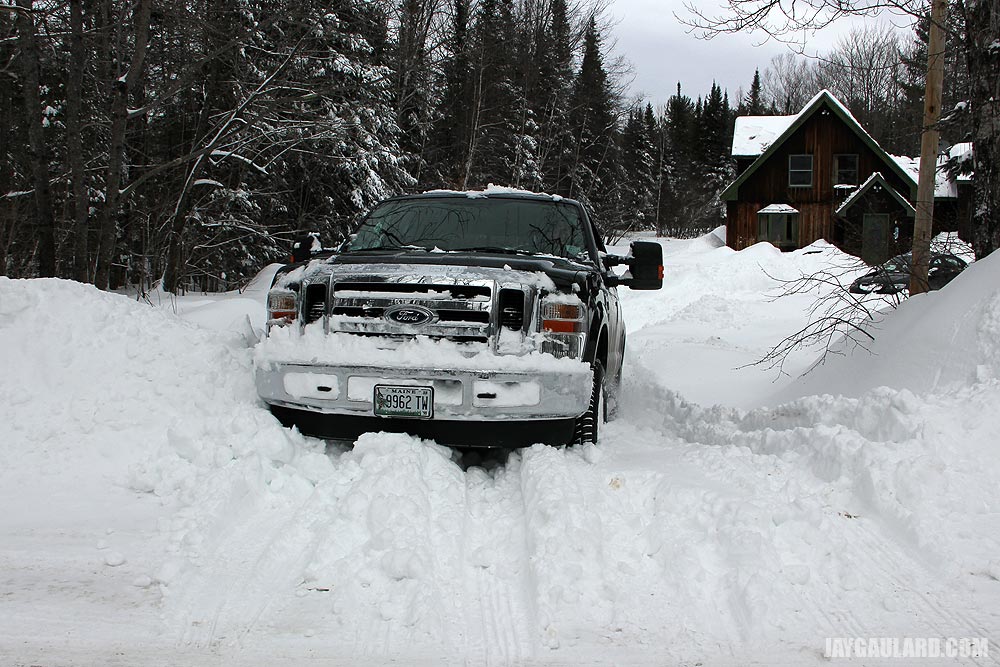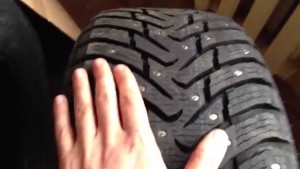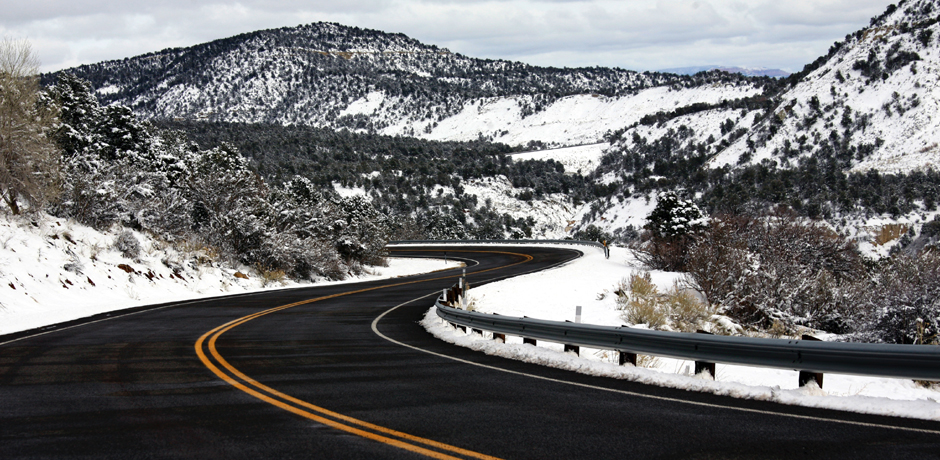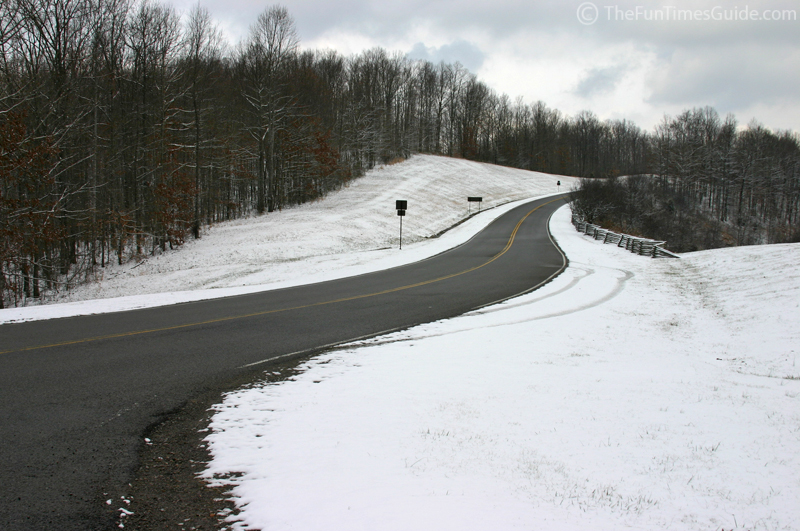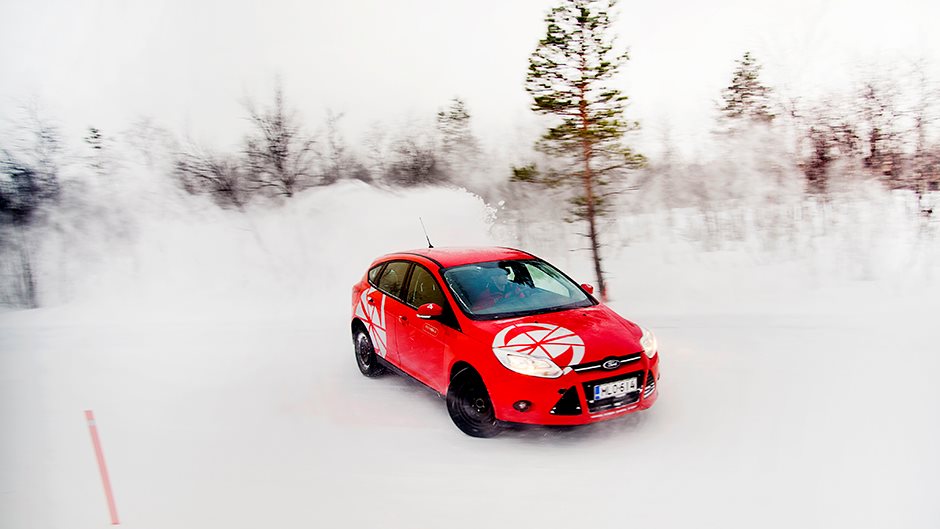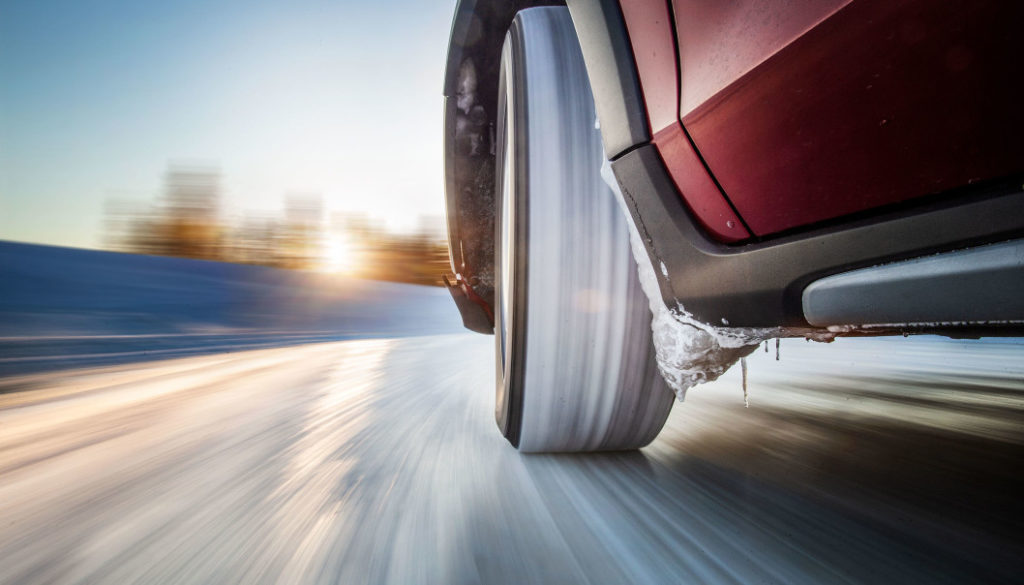
Last year, Continental revolutionized the winter tire industry with their new IceContact 3, introducing a stud – the Flexstud – with a flexible rubber base that improved performance and reduced both stud noise and road wear. With a dominant test performance, it appeared likely that the other manufacturers would have to follow suit to keep up.
But it was not to be. After complaints about the frequent loss of studs on Flexstud-equipped tires, Continental has reverted back to an aluminum stud base. Let’s see how the IceContact 3 performed in the 2020 NAF winter tire test, without the advantage of the radical but, ultimately, flawed Flexstud.
Continue reading
